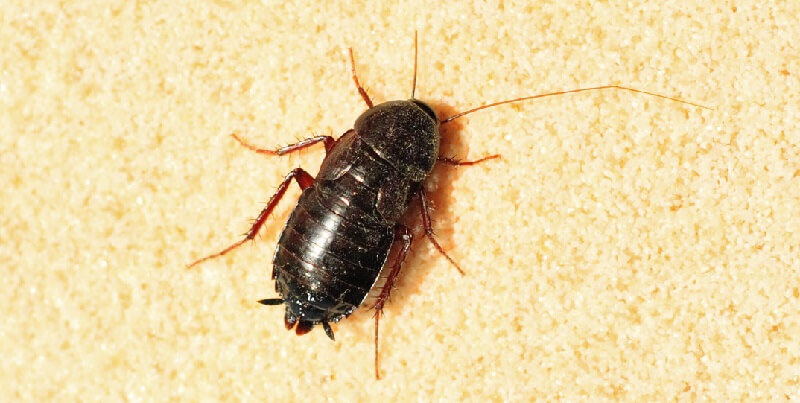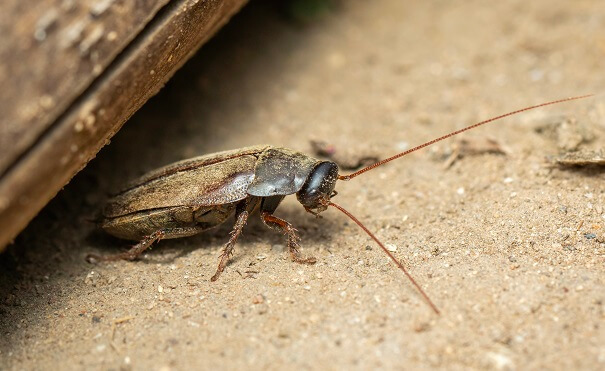How To Know If Roaches Are In Walls

Cockroaches are sneaky creatures that often find shelter in the unlikeliest of places. They have a remarkable knack for thriving in the darkest and least accessible areas of our homes, including the walls.
Here, they find warmth, protection, and, often, insulation material they can feed on. If you suspect these pests have turned your walls into their hideaway, here’s how to detect their presence.
Summary Table
| Method | Description | Signs of Infestation |
|---|---|---|
| Tapping the Wall | Tap gently and listen for movement. | Rustling or scratching sounds. |
| Insecticide Spray | Spray inside a drilled hole or crack in wooden walls. | Roaches fleeing from the sprayed area. |
| Visual Indicators | Check for visual evidence near wall openings. | Smear marks, droppings, roach remains. |
| Behavioral Indicators | Monitor roach movement patterns. | Daytime activity, especially near wall openings. |
| Audible Signs | Listen for chirping or movement sounds. | Sounds from within the wall, especially at night. |
Tapping the Wall
Roaches are often dormant but can be disturbed with slight vibrations. Try tapping your wall gently and then place your ear close to it. Listen for any subtle movements or noise. If you hear any rustling or scratching sounds, it could be a sign of cockroach activity.
Insecticide Spray Test
Drilling a small hole and spraying insecticide on wooden walls can help confirm their presence. Upon contact with the insecticide, cockroaches typically scatter, seeking escape.
If you notice cockroaches emerging from the wall or nearby openings after spraying, it’s a clear sign they’re infesting your walls.

Visual Indicators
Roaches, while being masters of stealth, often leave behind telltale signs of their presence:
- Smear Marks: These are wet marks left behind from liquified roach feces, commonly found on walls with high humidity levels. The streaks range from black to dark brown.
- Cockroach Droppings: These resemble tiny black dots, similar to ground pepper. If you find them around wall cracks, it indicates an infestation.
- Roach Remains: Finding exoskeletons, body parts, or eggshells near wall openings clearly indicates a roach colony within.
- Distinct Odor: Roaches have a peculiar, musty scent. If you notice a strange, urine-like smell emanating from wall cracks, it’s a sign.
Behavioral Indicators
Roaches are nocturnal, meaning their activity peaks during nighttime. But during the day, observe:
- Movement Patterns: Seeing cockroaches regularly crawl in and out of wall cracks, especially in broad daylight, is a clear sign of infestation.
Audible Signs
In heavily infested areas, you might hear chirping sounds from within the walls due to roaches communicating or moving en masse.
Wall Preferences
Different species have different wall preferences based on room conditions:
- Oriental and American Roaches: Fond of moisture, they often hide in bathroom and kitchen walls.
- German Roaches: Preferring drier spaces, these roaches typically infest bedroom or living room walls.
Conclusion
Walls are prime real estate for roaches seeking a warm, safe haven. Detecting their presence early on is crucial to prevent a full-blown infestation.
Regularly inspect your home for the signs mentioned, and if in doubt, consult with a pest control professional. Remember, a proactive approach is always better when dealing with these pesky invaders.

James E. Butkovich, Pest control maven with a knack for eco-friendly & Chemical solutions. Blogger with a mission to make homes pest-free, one post at a time.